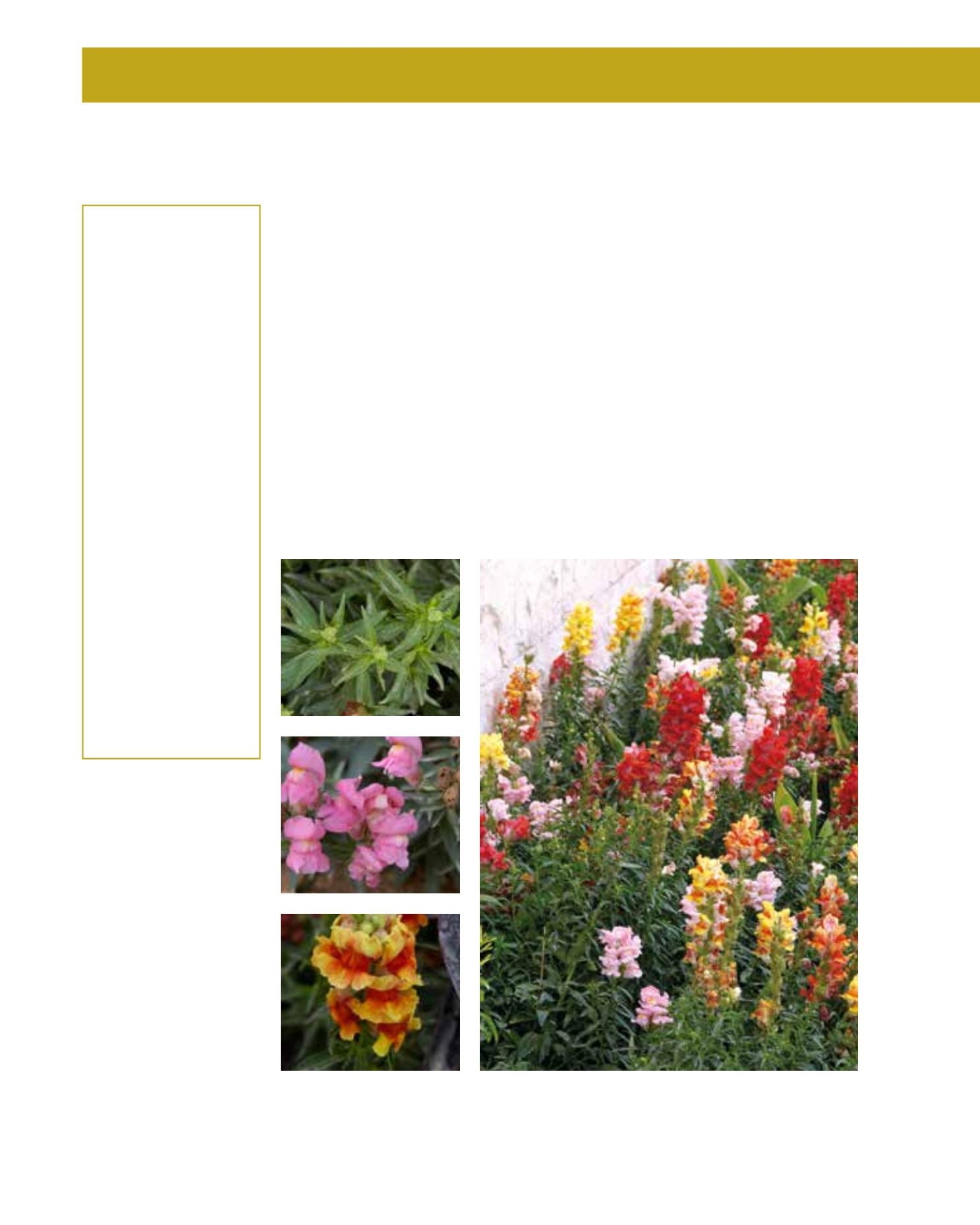

GENERAL
Origin
:
Mediterranean
Vigour
:
fairly fast
growing
Humidity
:
semi-arid, semi-
humid
Propagation :
direct sowing,
cuttings, division
Maintenance :
moderate
CONDITIONS
Urban climate :
resistant
Dessication :
vulnerable
Stagnant water :
vulnerable
Irrigation
:
high
Salinity/ppm :
low (1000 ppm)
Hardiness
:
0°C
SHAPE
Type
:
biennial
Height
:
0.2 m-1 m
Spread
:
0.6 m-1.2 m
Foliage
:
semi-evergreen
FLOWER
Colour
:
yellow, pink, red,
white, orange,
secondary: yellow
Size
:
3 cm - 4.5 cm
Period
:
March - October
Smell
:
scented, strong,
flower
FRUIT
Type of fruit :
capsule
Fruit size
:
1.2 cm
Seemingly more appropriate for a European garden in summer, this showy herbaceous perennial
(Arabic name: thum as samaka) is grown principally in the Arriyadh region and other arid regions
for its bright-coloured flowers and is treated as a biennial, i.e. it is sown and grown in the summer
and planted out for winter colour as soon as temperatures begin to fall. In the following year, the
plant begins to burn as temperatures rise again, and it is normally removed. In sheltered places,
however, it may persist. Its tubular, faintly scented flowers on vertical spikes with their many
different colours are striking in massed planting. There are many varieties, some over 1 metre
tall, others dwarf in form. A. majus requires well-fertilised, friable, rich soil of neutral pH and a
sunny position with regular watering, although the soil should be well-drained and not become
too wet in winter. When planted densely, it is a good plant for the garden border. Interesting for
children to watch, the plants are pollinated by bees, and the flowers close over the insects when
they enter, depositing pollen on them. Propagation is by seed. As a garden plant and a perfect cut
flower, it will need the usual attention to keep it flowering, such as deadheading, and they should
be pinched back to encourage a bushy habit and flowers. Leaves can be susceptible to rust.
53
Antirrhinum majus,
Scrophulariaceae
Snapdragon,
thum as samaka, anf ath thor
















